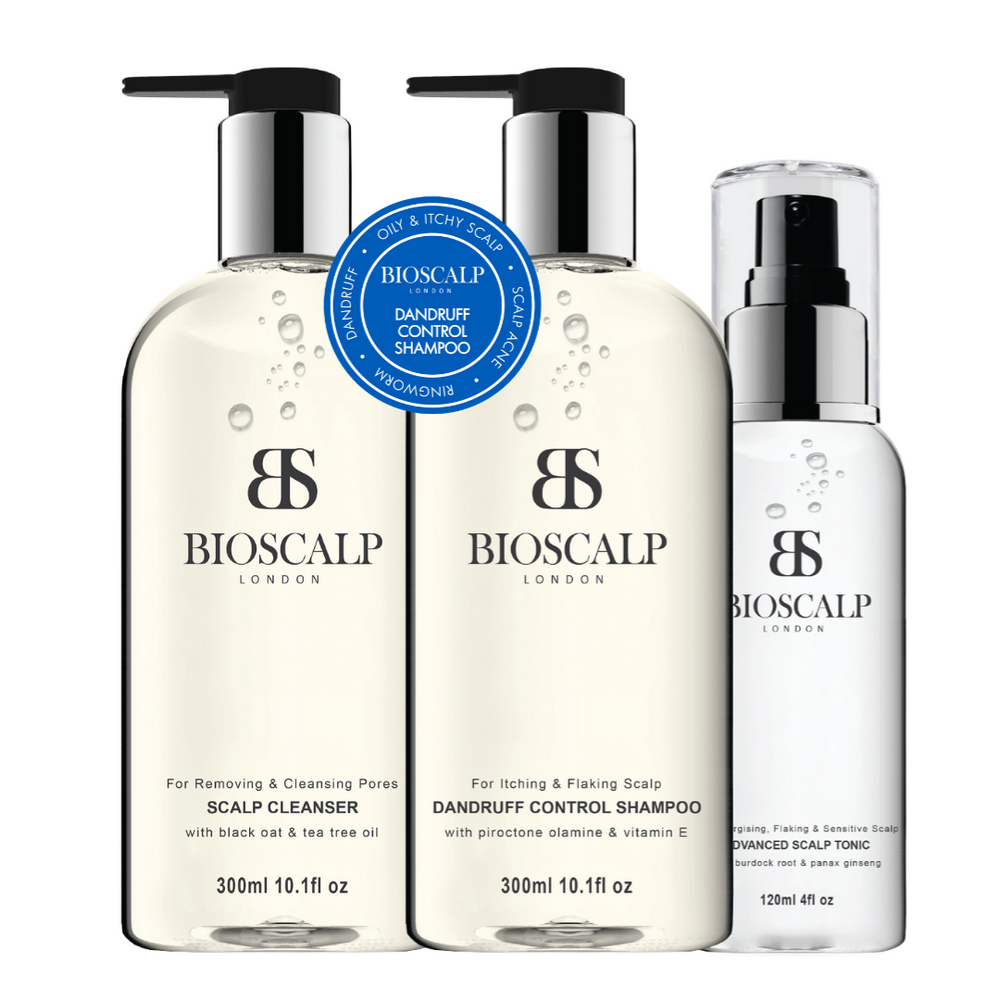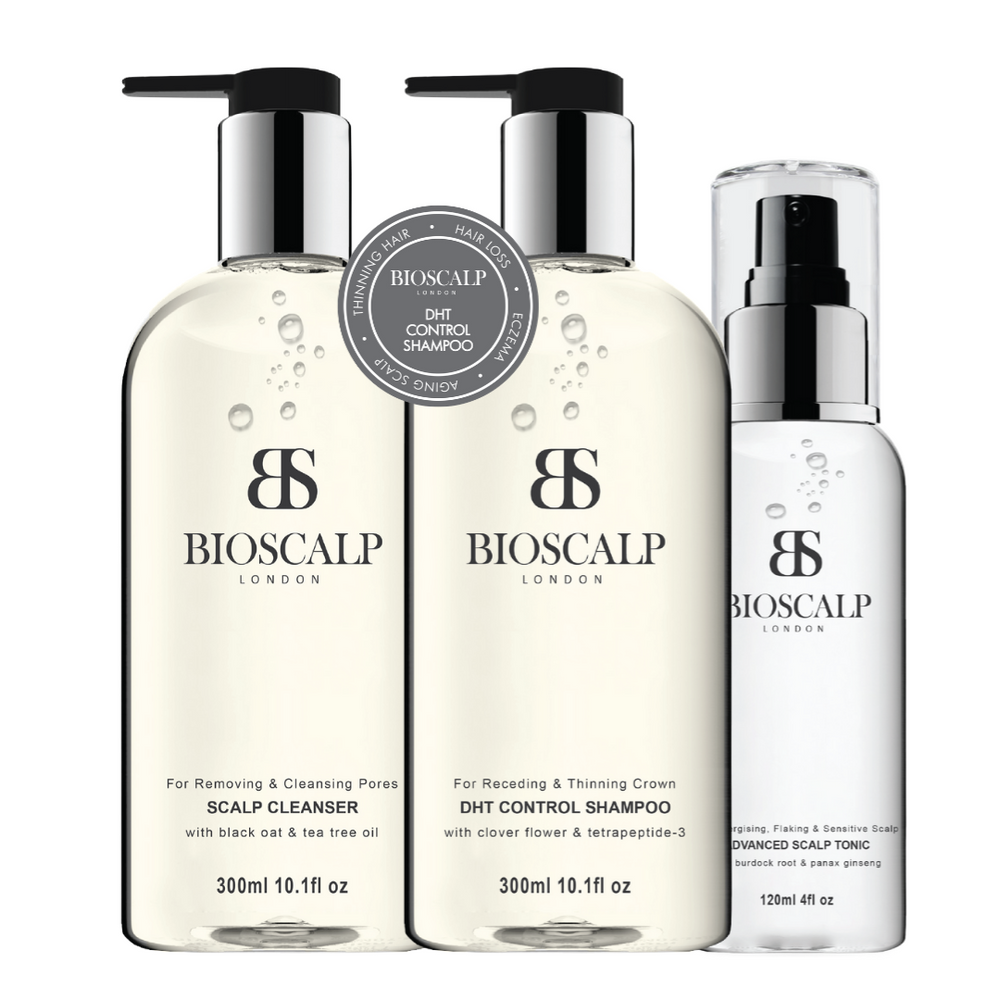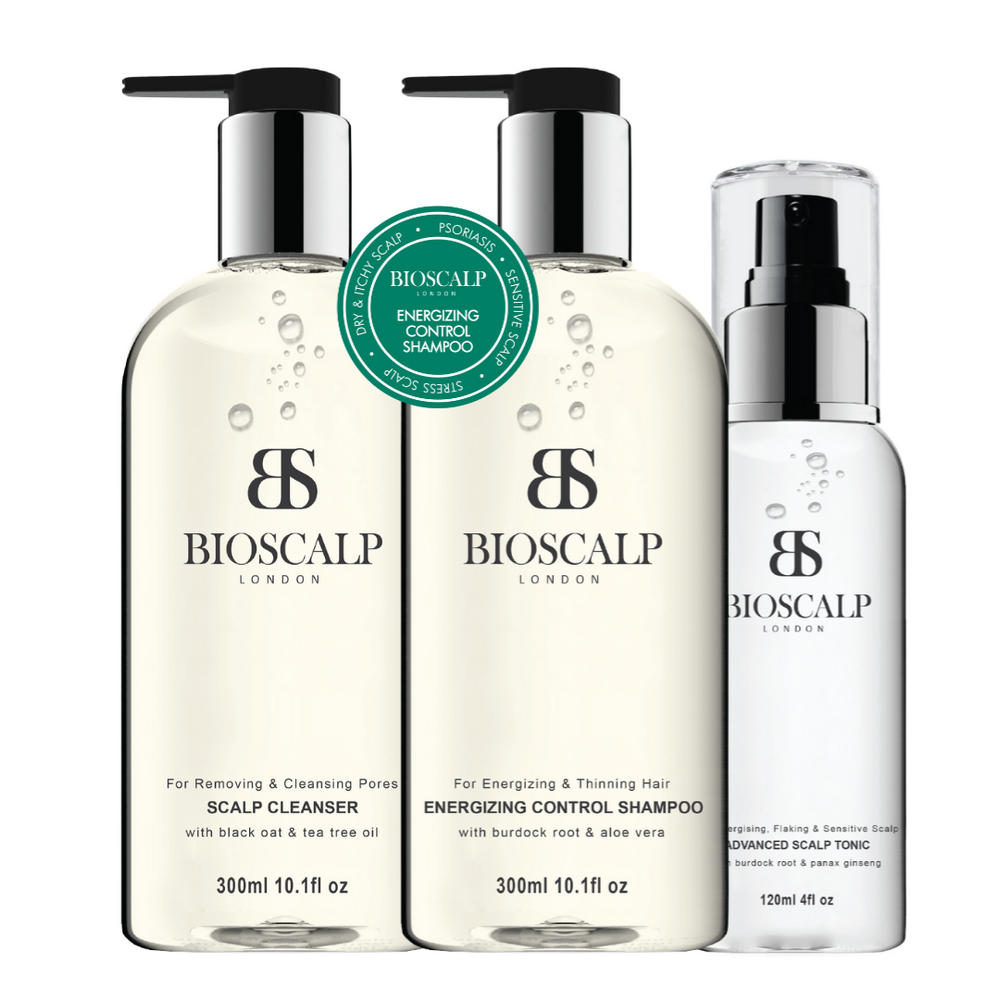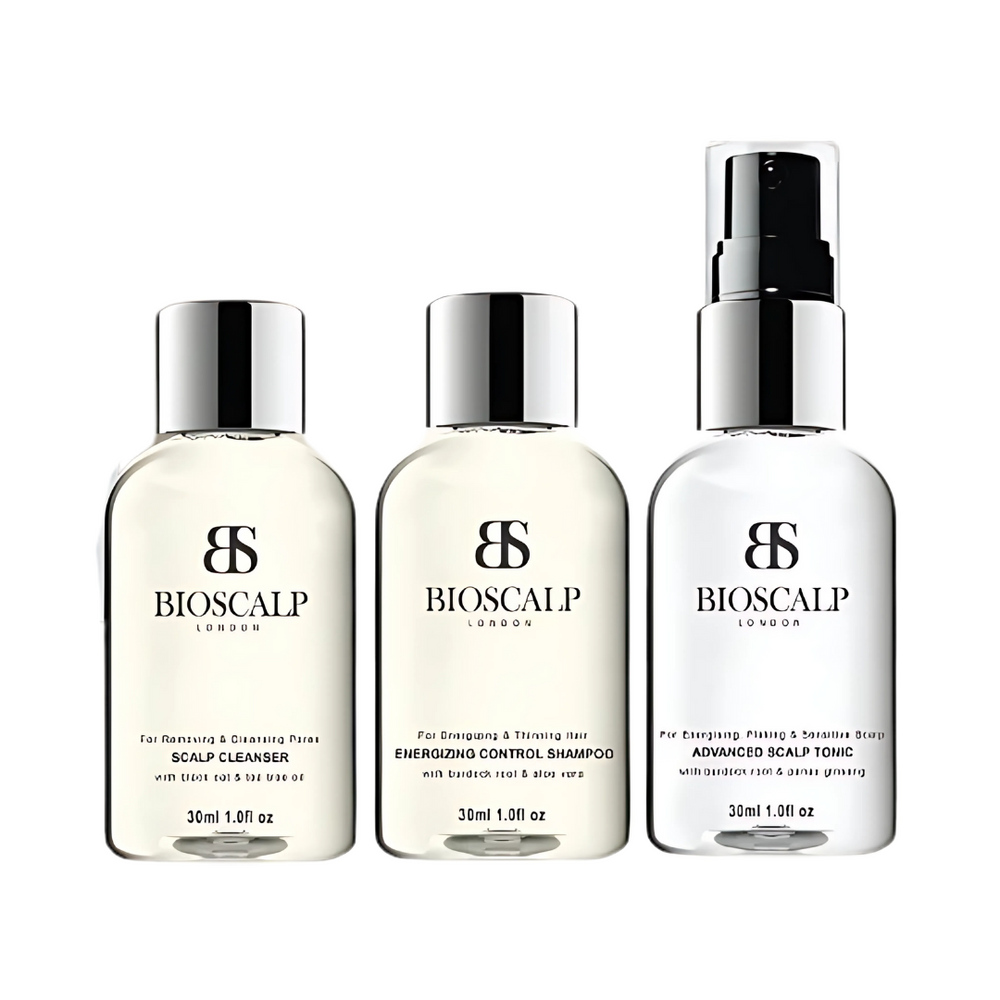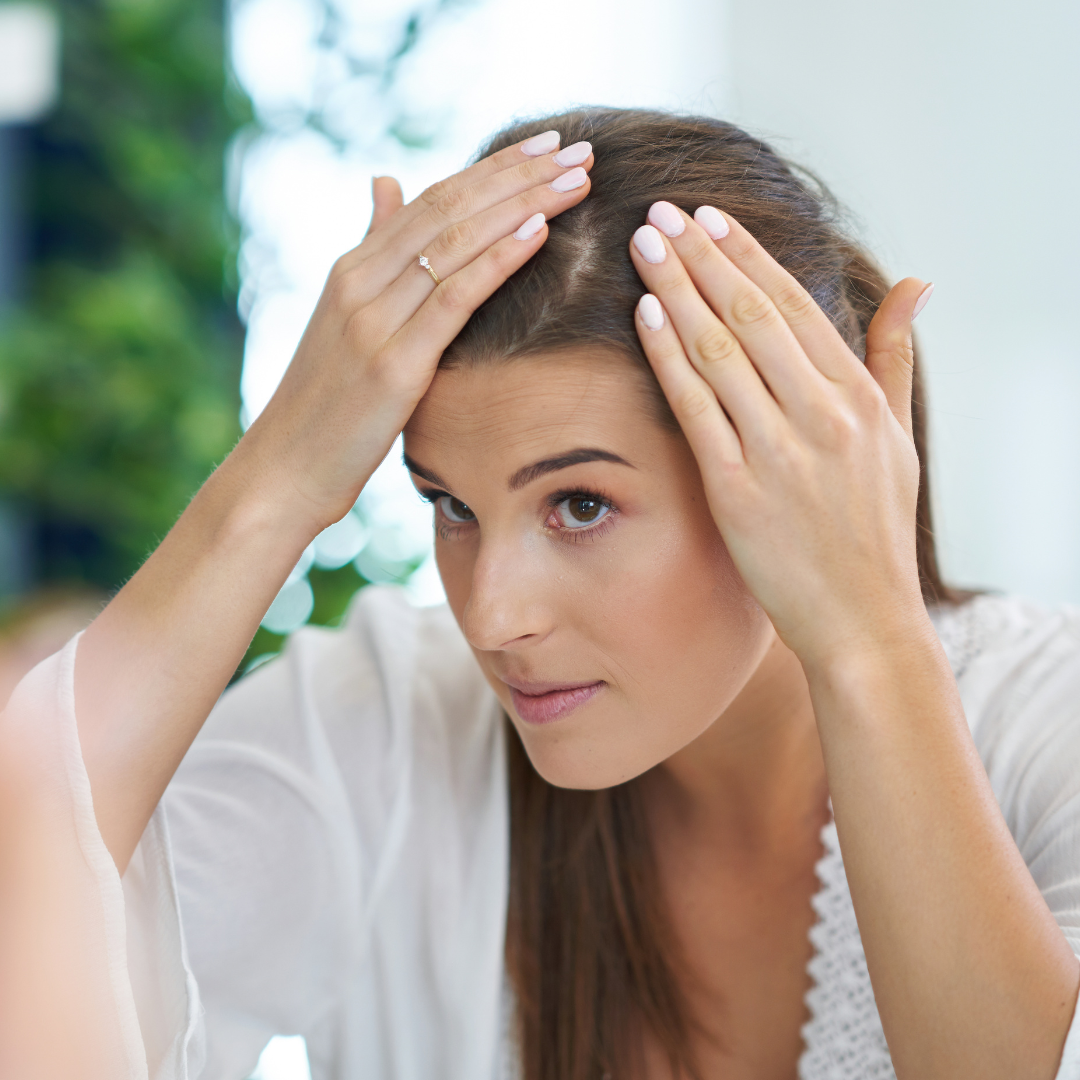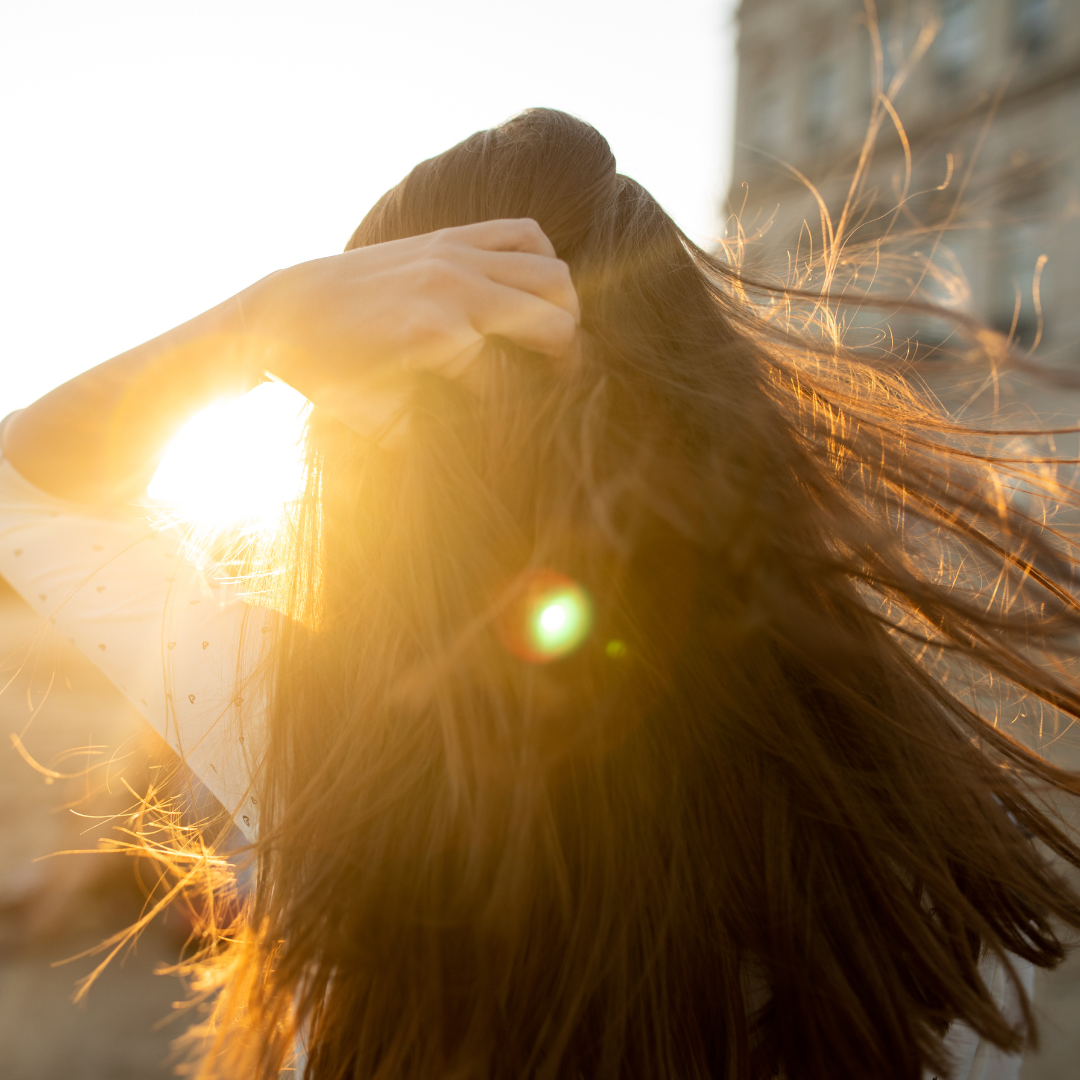If you’ve ever dealt with stubborn dandruff, unexplained breakouts that don’t respond to acne treatments, or itchy, discoloured patches on your skin, you might have encountered Malassezia without even knowing it. As awareness grows around the skin’s microbiome and the role of fungi in skin health, this yeast is popping up in conversations, skincare forums, and even product labels. So, what exactly is Malassezia, and why does it matter?

What is Malassezia?
Malassezia is a type of yeast (a fungus) that naturally lives on everyone’s skin. Think of it as a long-time tenant that usually keeps to itself. It thrives in oily areas like the scalp, face, and chest. Most of the time, it coexists peacefully with the rest of your skin’s microbiome. But under the right (or wrong) conditions, it can overgrow, and that’s when the trouble starts.
What Conditions Are Linked to Malassezia?
This yeast is linked to several common skin concerns:
- Dandruff & Seborrheic Dermatitis: That flaky, itchy scalp? Often caused by Malassezia feeding on sebum and triggering inflammation.
- Malassezia Folliculitis (Fungal Acne): Small, itchy bumps that resemble acne but don’t respond to traditional acne treatments. Usually found on the forehead, chest, or upper back.
- Tinea Versicolor: Discoloured patches (lighter or darker than your natural skin tone) that appear mostly on the chest, back, or arms, often more visible after sun exposure.
What Causes Malassezia to Flare Up?
Several factors can tip the balance and lead to overgrowth:
- Excess oil production: Oily skin is a feast for Malassezia.
- Warm, humid climates: Yeast thrives in damp conditions.
- Heavy skincare products: Especially those containing fatty acids, esters, or oils that feed the yeast.
- Weakened immune system or recent antibiotic/steroid use: This can disrupt your skin’s natural defenses.

How to Treat Malassezia-Related Skin Issues
The good news? Malassezia-related conditions are manageable with the right approach:
- Use antifungal products: Shampoos with ketoconazole, selenium sulphide, or zinc pyrithione can be used on affected areas.
- Simplify your skincare: Avoid ingredients that feed yeast. Look for "fungal acne-safe" products.
- Stick to lightweight, non-comedogenic formulas: Especially in humid weather or if you're breakout-prone.
- See a dermatologist: Especially if you're not seeing results with over-the-counter treatments.
A Gentle Recommendation: BioScalp Dandruff Control Shampoo
If you’re looking for an effective yet gentle solution to Malassezia-related dandruff, the BioScalp Dandruff Control Shampoo is worth considering. It’s formulated with targeted antifungal ingredients to help rebalance the scalp and reduce flaking, while also being free of common triggers that feed Malassezia. The best part? It doesn’t just treat symptoms, it supports long-term scalp health without stripping your hair.
Is Malassezia Contagious?
Nope, you can’t catch it from someone else. It’s already on your skin. What matters is managing the conditions that allow it to grow out of control.

Final Thoughts: Your Skin Isn’t "Dirty" — It’s Just Out of Balance
If you’re dealing with a Malassezia-related condition, know that it’s common, treatable, and nothing to be ashamed of. It doesn’t mean your skin is dirty or unclean. It just means your skin’s ecosystem needs a little rebalancing. With the right knowledge and gentle care, you can restore harmony and get back to feeling confident in your skin.


